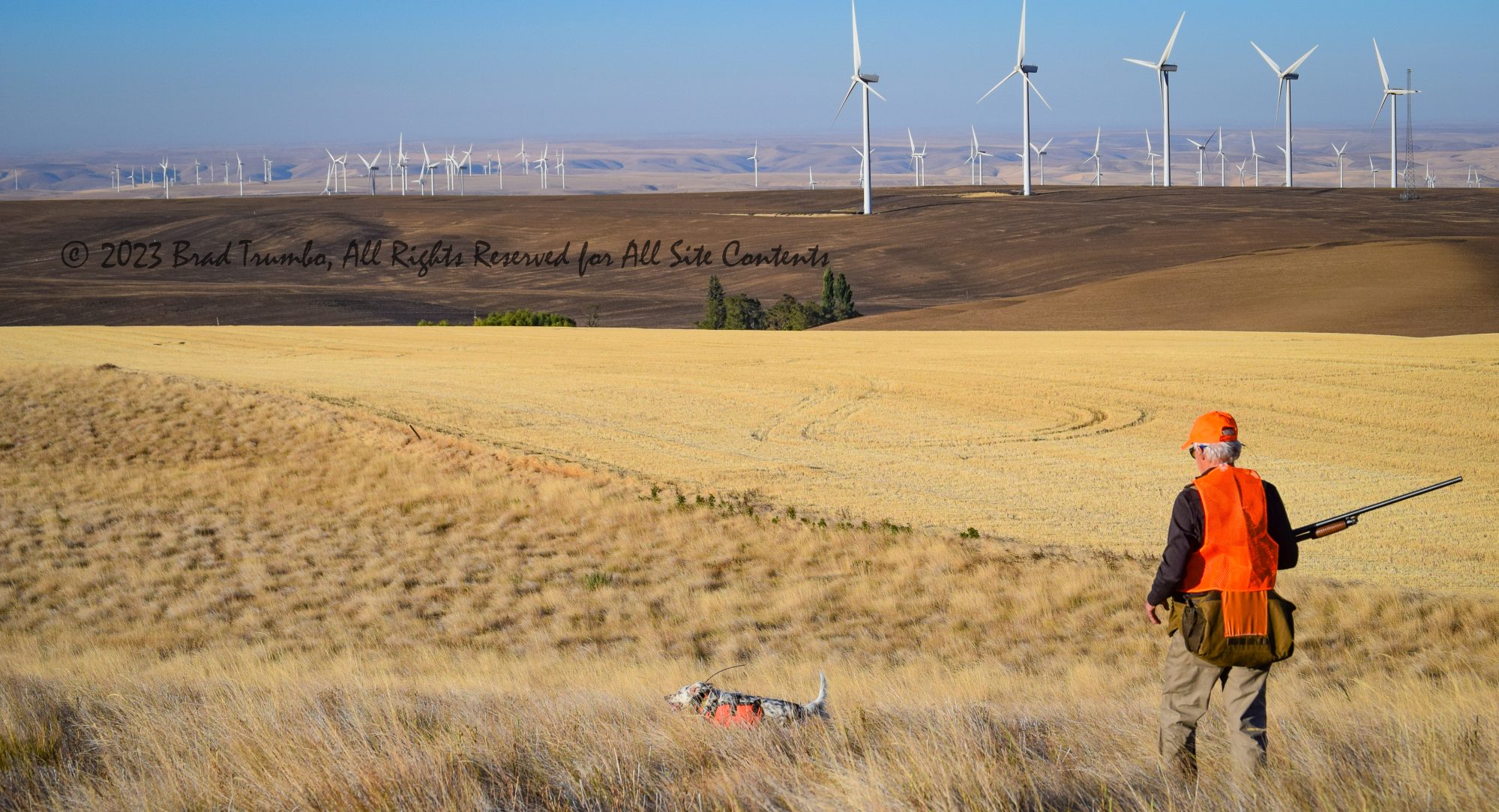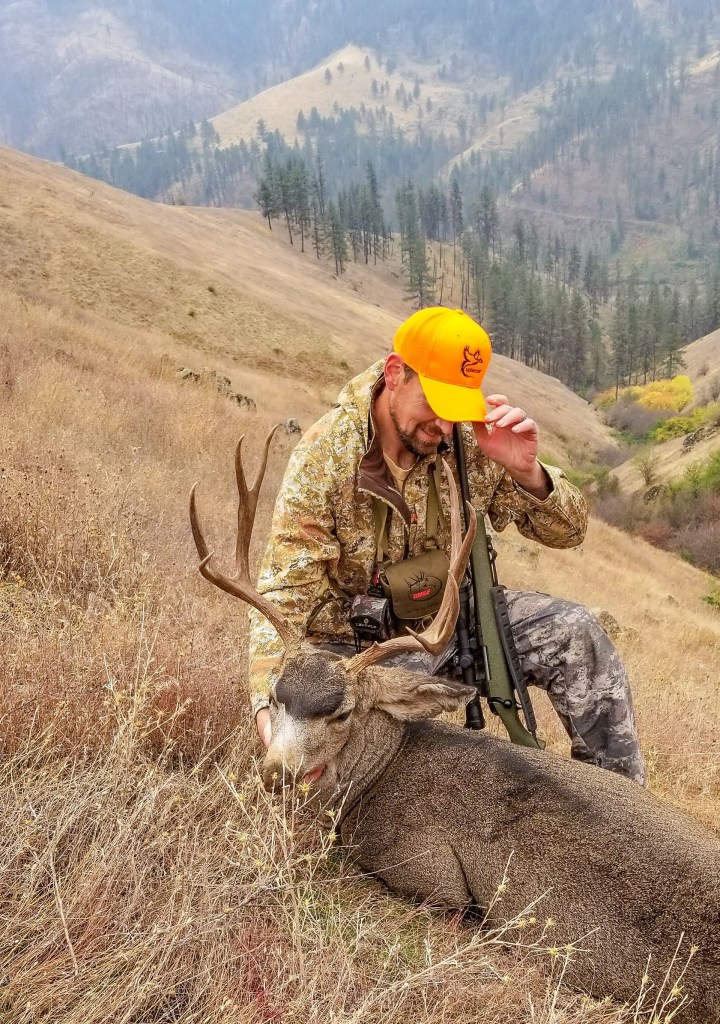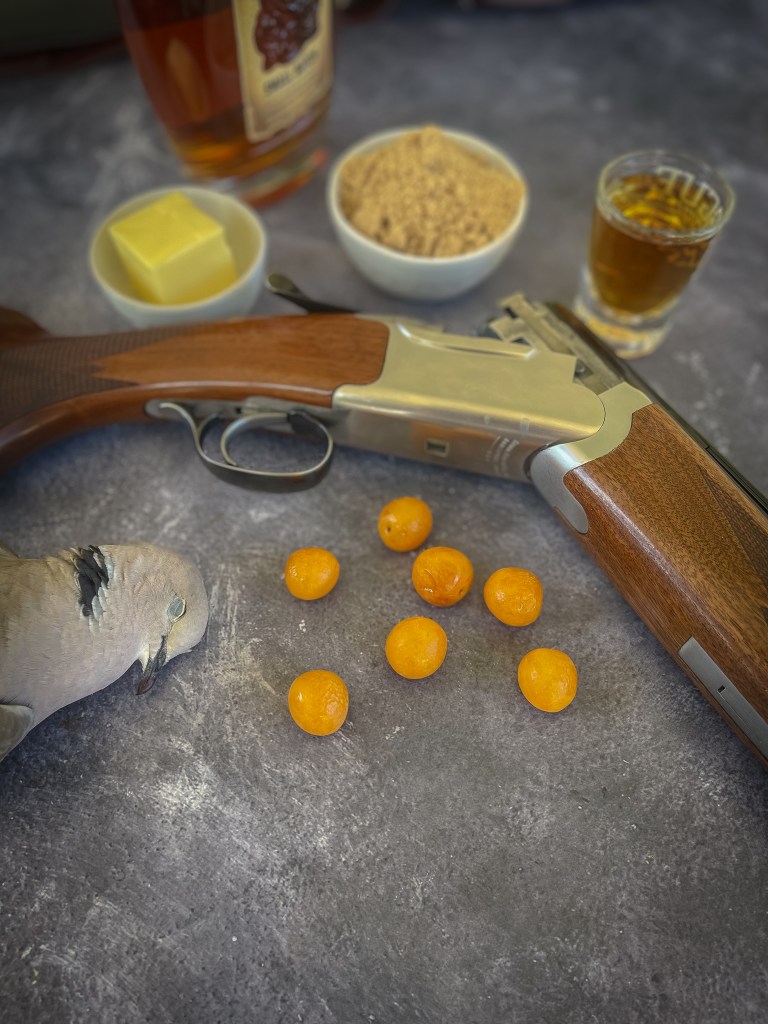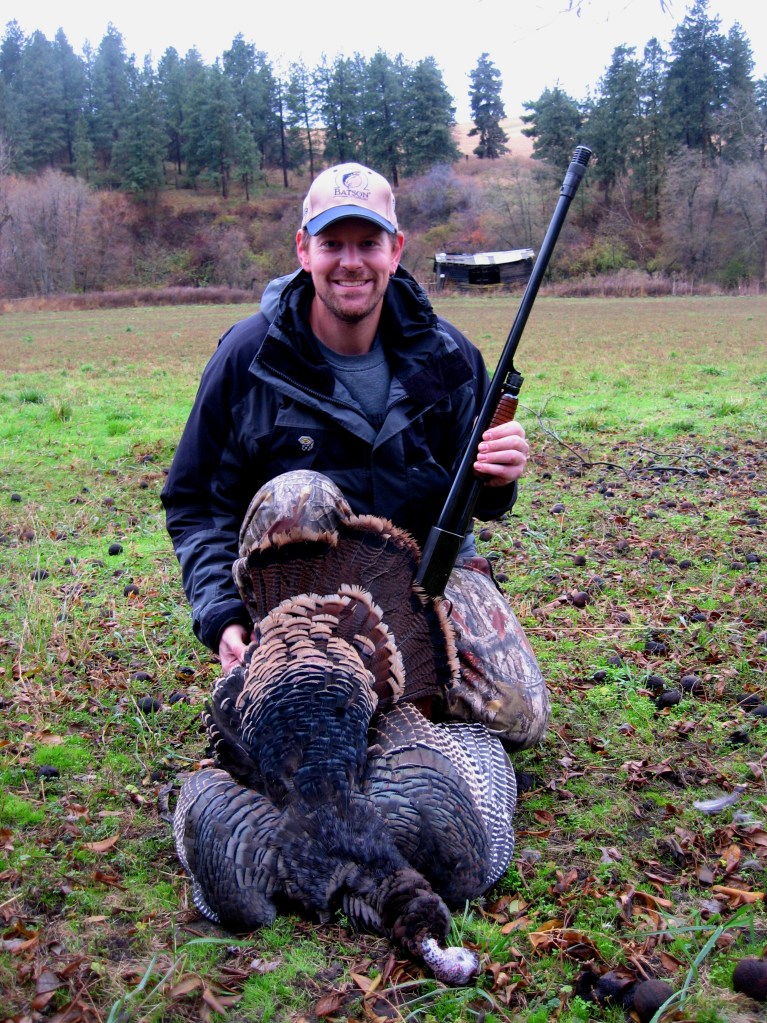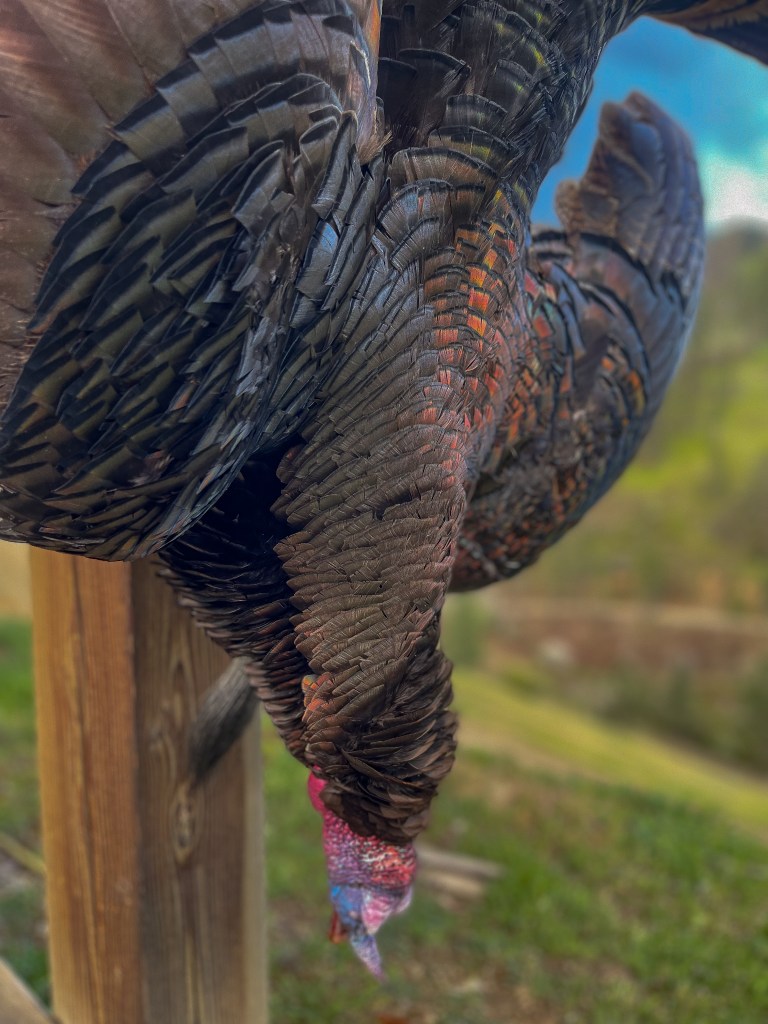Published October 3rd, 2019, The Waitsburg Times

Fall is undoubtedly the most anticipated and contested season of the year, and rightfully so in both regards. The fat days of summer are quickly drawing to a close at our latitude, even more dramatically in climates further north. Darkness cloaks our early waking hours and morning routines, not to mention the crispness on the air, leaving little motivation to escape the comfort of our beds, save for the increasingly satisfying steam and piquant aroma of coffee or tea tantalizing our nostrils and taste buds on such mornings.
The transition from a season of glut to a season of thrift. Hunting, gathering, fattening, reproduction, all to the tune of Mother Nature’s rhythm. The birds are heading south; their innate sense of the season to come urging them to seek warmer climates and more abundant food sources. The last of the humming birds are scarcely seen as they migrate from northerly portions of their summer range. Flocks of drab, olive-toned gold finches visit bird baths en route as curious nuthatches and black and tan towhees begin to appear. The vibrant, red berry clusters of the mountain ash begin brightening to brilliant orange in time for the arrival of masked cedar waxwings from higher elevations.
The long-awaited early upland and big game seasons are upon us as deer fawns lose their spots and wild turkeys build their winter flocks. Elk bugles pierce the wilderness canyons, echoing through the timber like an autumn canticle. And the bedraggled, teenage pheasant roosters are finally coming into their handsome adult ensemble. But what lurks below emboldens many, not to be second best among the terrestrial grandeur. There are coho, Chinook and steelhead to be caught, but the high mountain cutthroat, rainbows, and even the eastern transplant brook trout are calling those patiently waiting for the summer heat to ease and the October rains to replenish the headwaters.

The paling of the upland aspen and streamside cottonwood and alder, the blushing of snowberry and the blackening of elderberry fruit paints a soft contrast against the russet, heat-baked hills and basalt. Water temperature is optimal and the trout feisty. Ominous skies draw out the long-awaited October caddis hatch, triggering trout to rise aggressively, snatching the burley, moth-sized flies as they dip to the water surface to deposit their eggs. Among the largest of the caddis species, the October caddis serves to quickly fatten trout for their upcoming months of sluggishness, feeding largely on nymphs.
The final hurrah of the big fly season, hulking stimulator patterns tied tawny with deer hair and eye-catching orange or red bodies fight the slightest of breeze as a floating fly line shoots for the edge of a backwater or pool tail-out. A cutthroat, now coming into its prime, rolls on the stimulator from the shelter of lazy waters. Boasting rich, buttery flanks, an olive-tinged dorsal region and faint flush of pink adorning the belly, the cutthroat is the natural 24-karat gold of many western streams.
Not to be outdone, the rainbow, so aptly named for its prismatic sheen, rockets airborne from the tumult between pools. Preferring faster water, rainbows are the pure muscle of montane waters. Their dazzling shades of blue, violet, olive and rose, decorated with an incredible varying of pepper flecks serves to entrance and addict anyone to ever marvel over such a finned spectacle. Splashing down into the froth, a sizeable rainbow hits top speed in an instant, leaving an unprepared angler fishing for a fresh stimulator in the fly box.

And then there is the master of shadows. The one who seeks brush and boulder seclusion. Their fall routine being quite different from the other trout, possibly because they are not trout at all. Brook trout are actually a char, their scientific name, genus Salvelinus, sets them and their western bull trout cousin apart from the other trout of genus Oncorhynchus. A native of the eastern U.S., their widespread range hard won over ages of fighting steep, flashy torrents and heavy woody debris loads. Their aggressive attitude and insatiable appetite make them vulnerable to angling, particularly during fall as their tenacity and brilliance peaks for spawning.
Soft pink bellies blaze into fiery orange-red. Their dull, gray dorsal darkens to a deep ocean olive-blue streaked by worm-like striations. Their peculiar pink spotting with the sky-blue halo darkens to a stunning hue like decorative buttons on a jacket lapel. But their most unique identifying trait is the mark of the char; the stark-white leading fin spine on the pectoral, pelvic and anal fins, trimmed in pitch black, sets a marvelous contrast to the dominantly red fin. They may pose an invasive species threat to native trout in the west, but their splendor is inarguable.
Bulls, bucks, pheasant and ducks; the allure is potent and justified. But on those heaven-sent, bluebird October mornings when the mercury falls, the waters are calling. Sun-kissed creek bottoms flowing through a kaleidoscope of changing vegetation sets the backdrop for a well-placed fly and a radiant adipose fin. And for a brief moment, painted among the autumn stream palette, may we achieve true serenity, blessed to witness nature in its most vibrant glory of the wild trout.

